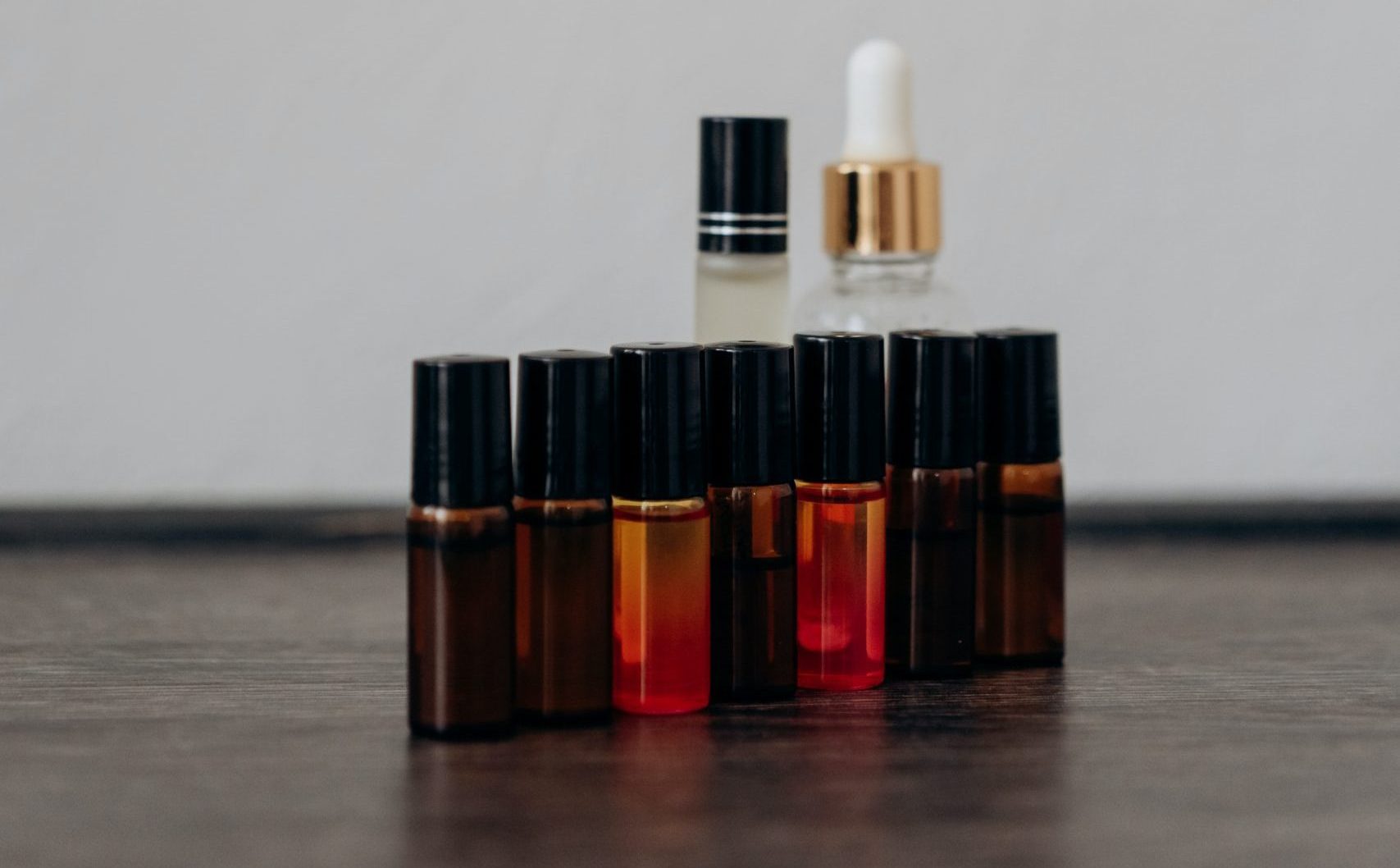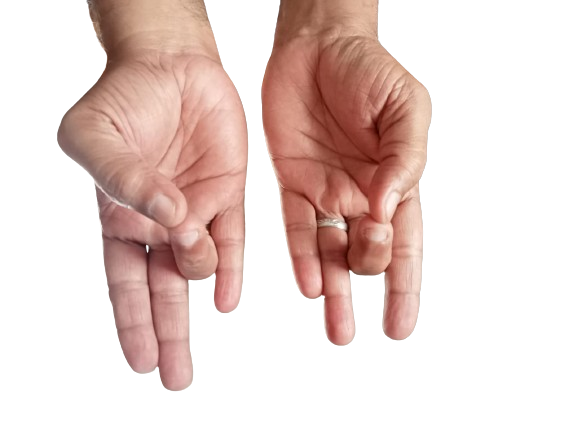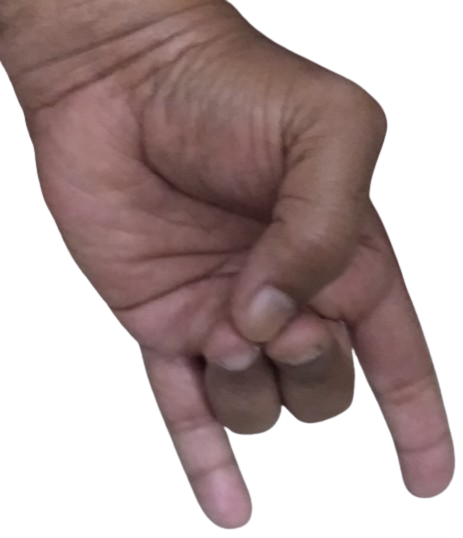Essential oils should be diluted before using. We have given general guidelines on how to dilute essential oils. Still, it is recommended to seek professional guidance before using them for specific conditions.
Visit this page for essential oil benefits.
How to Dilute Essential Oils
Essential oils are basically diluted based on the age of the user, skin type, reasons for using and duration of usage. Given below are general guidance on how to dilute essential oils.
Here are some measurements for quick reference:
1 ml = 20 drops
1 teaspoon = 5 ml
1 tablespoon = 15 ml
6 teaspoons = 30 ml
2 tablespoons = 30 ml
Inhalation
Inhalation is the safest way to use essential oils.
- You can inhale directly from the bottle in which pure essential oil is stored.
- You can dilute it with carrier oils and rub it against your palms and inhale. Add about 10 drops of essential oil to 30 ml carrier oil to dilute.
- Add a few drops of essential oil to a cotton ball and place it in a cup in your room. You can also add lavender essential oils and other essential oils that promote sleep near your pillow.
- Add about 15 drops of essential oil to 30 mil water and pour the mixture into a sprayer. Spray it in your room and enjoy the refreshing aroma.
Steam Inhalation
You can use essential oil for steam inhaling to clear nose blocks, cold and breathing issues.
Add 3 to 6 drops of essential oil to a pot of boiling water. Steam inhale this diluted essential oil for relief from cold and nose blocks.
Massage
Massaging with essential oils are effective in relieving pain including head ache, body pain, joint pain and muscular pain. Essential oil massage helps to calm the mind as well.
Add about 18 drops of essential oil to 30 ml carrier oil (3% dilution) for pain relief massage.
You can add about 12 drops of essential oil to 30 mil carrier oil (2% dilution) to massage your way to mental calmness.
For Facial Application
Dilute essential oil by adding 3 to 6 drops of the essential oil to 30 ml carrier oil (0.5 - 1% dilution) to use on face. You can store this preparation in a bottle and use it when required.
If you would rather prepare it fresh whenever needed, you can add 1 drop of essential oil to 1 teaspoon (5 ml) of carrier oil and apply it on your face.
The above-mentioned guidelines for diluting essential oils are for general use.
For specific conditions including severe pain, you can dilute essential oil up to 5%. However, using strongly diluted essential oil should be discontinued after two weeks.
In case of acute temporary condition, you can go for 10% dilution of essential oil. This, however, should be used only once.
Types of Carrier Oils
Here are some of the most commonly used carrier oils to dilute essential oils.
- Coconut oil
- Olive oil
- Sweet almond oil
- Castor oil
- Avocado oil
- Hazelnut oil
- Walnut oil
- Macadamia oil
- Grapeseed oil
- Jojoba oil
- Black seed oil
- Hempseed oil
- Apricot kernel oil
- Argan oil
- Calendula oil
- Babassu oil
- Sesame seed oil
- Evening primrose oil
- Rosehip seed oil
- Marula oil
- Black currant oil
- Carrot oil
You may want to refer this dilution chart for diluting your essential oils.
Important Notes
Infants, toddlers and pregnant women should use essential oils after seeking expert guidance.
Perform a patch test before applying diluted essential oil on your skin.
Here is how you do patch test:
- Wash your forearms with scentless soap and pat dry.
- Apply few drops of diluted essential oil in a small area in your cleansed forearm.
- Cover the area with gauze.
- Remove the gauze after 24 hours.
- In case of irritation or inflammation in your skin after 24 hours, avoid using the specific essential oil. In case of skin irritation before 24 hours, remove the gauze and wash your forearm thoroughly.

Rama Thamizharasu
Welcome to yogaaatral. I am a yoga therapist, SEO consultant, writer and translator. If you love pets, we invite you to visit our pet blog @ https://voiceofapet.blogspot.com/ and our YouTube Channel https://www.youtube.com/@PetsDiaryPages. We also welcome you to visit our YouTube channel on nature conservatism @ https://www.youtube.com/@letnaturelive1











